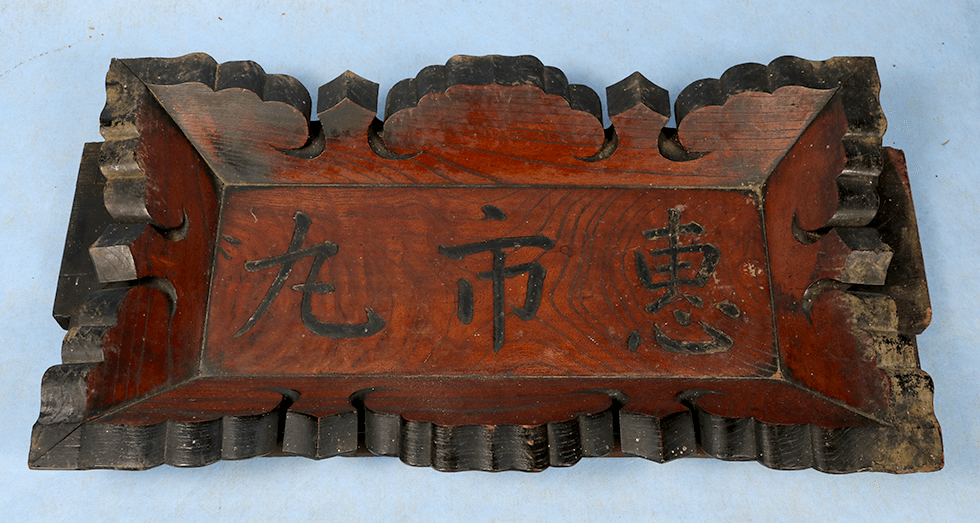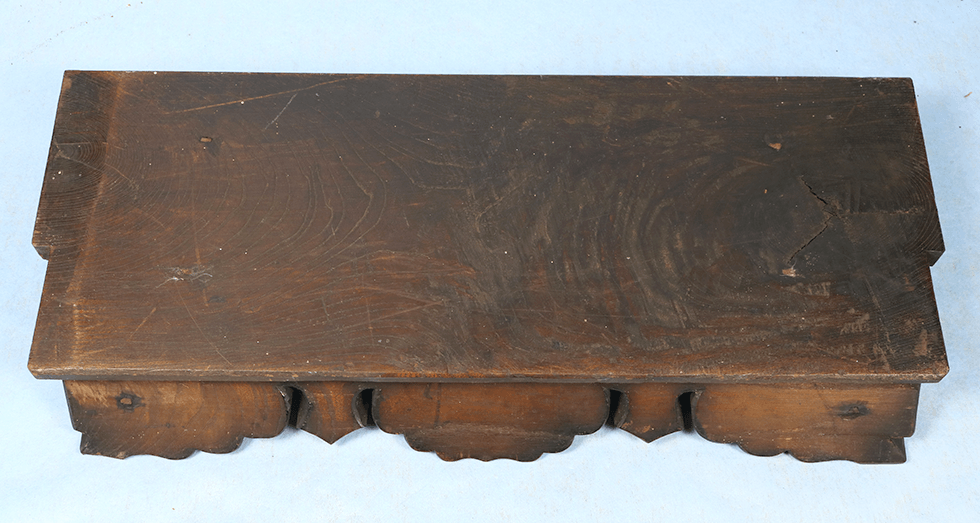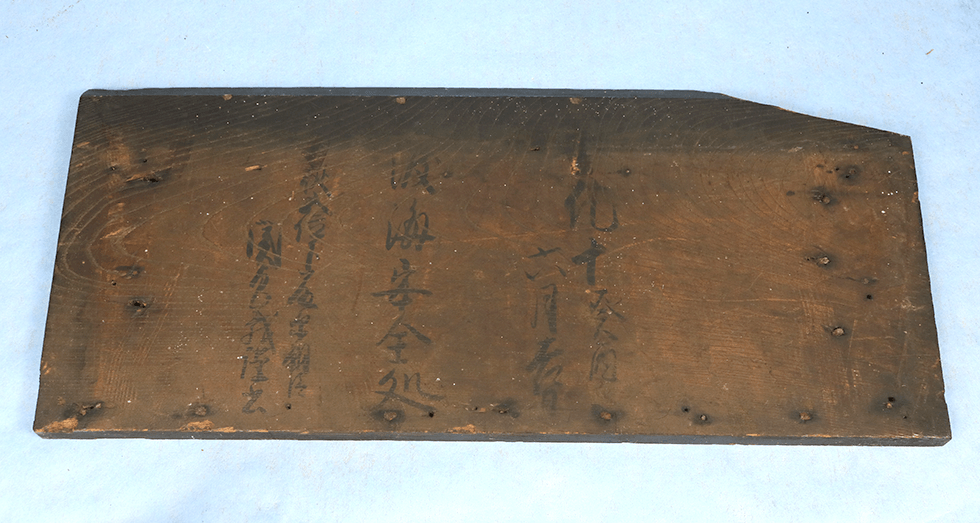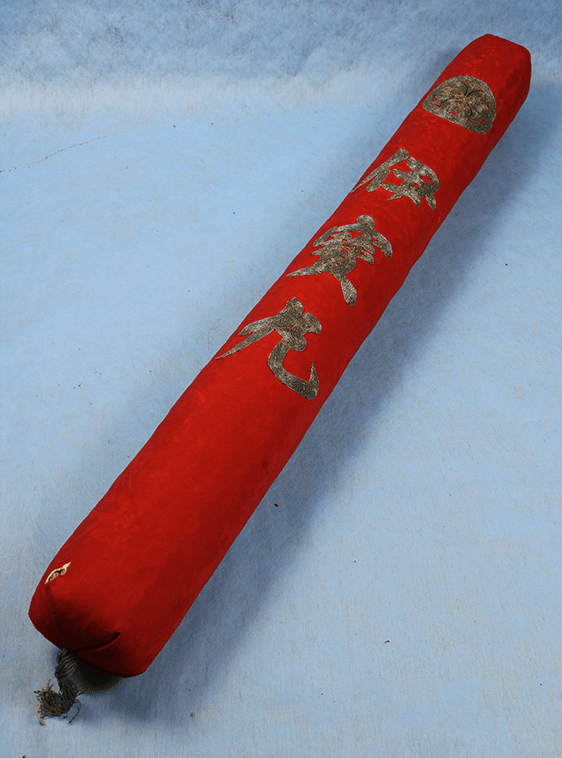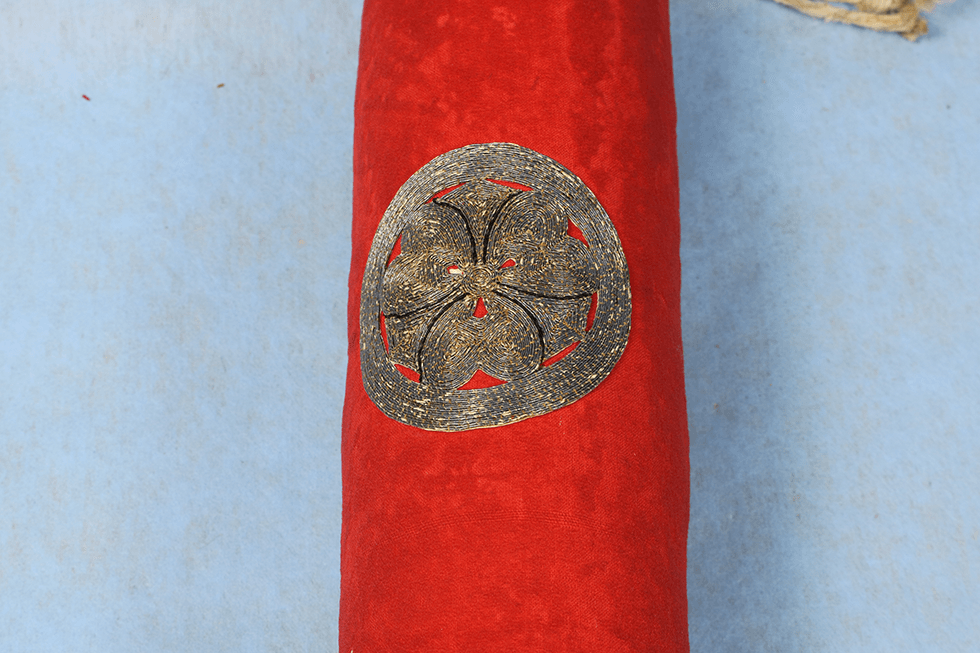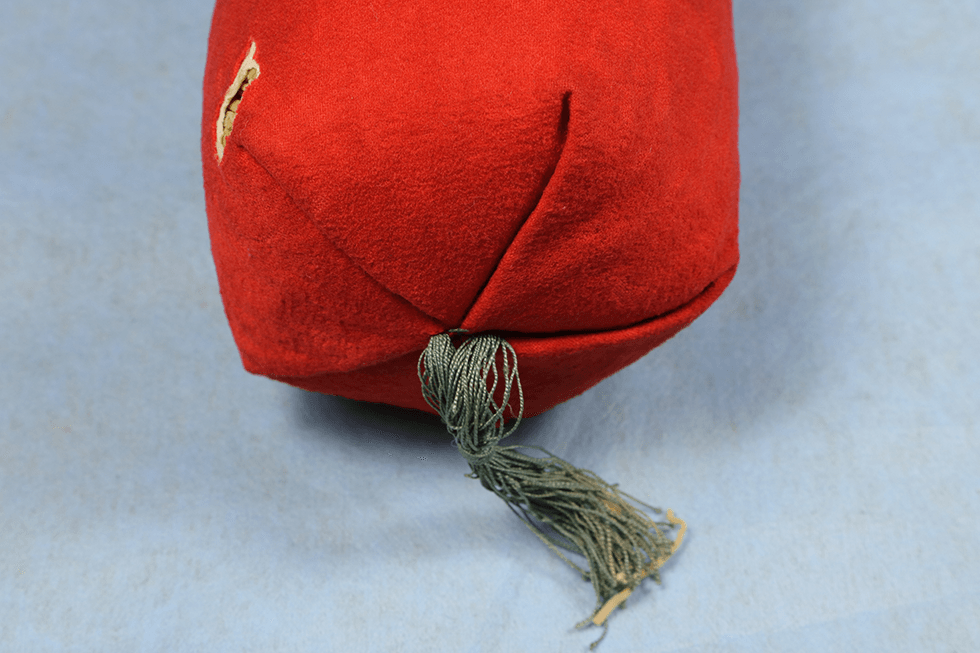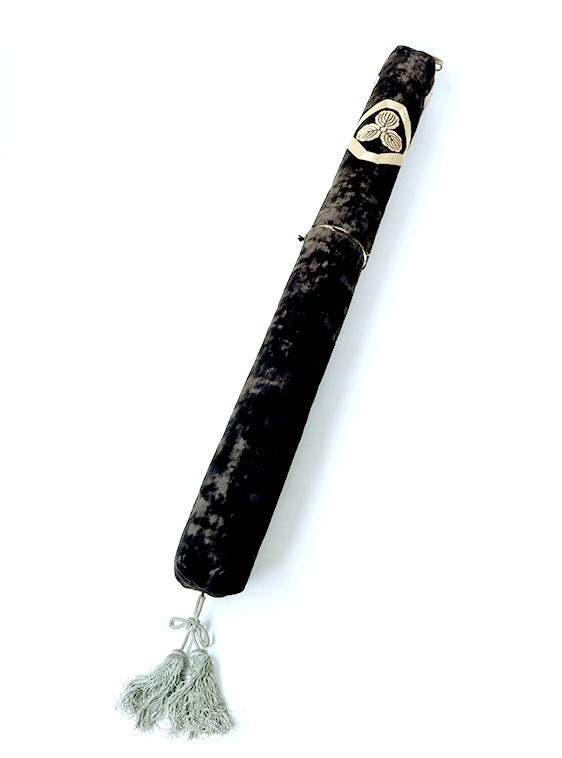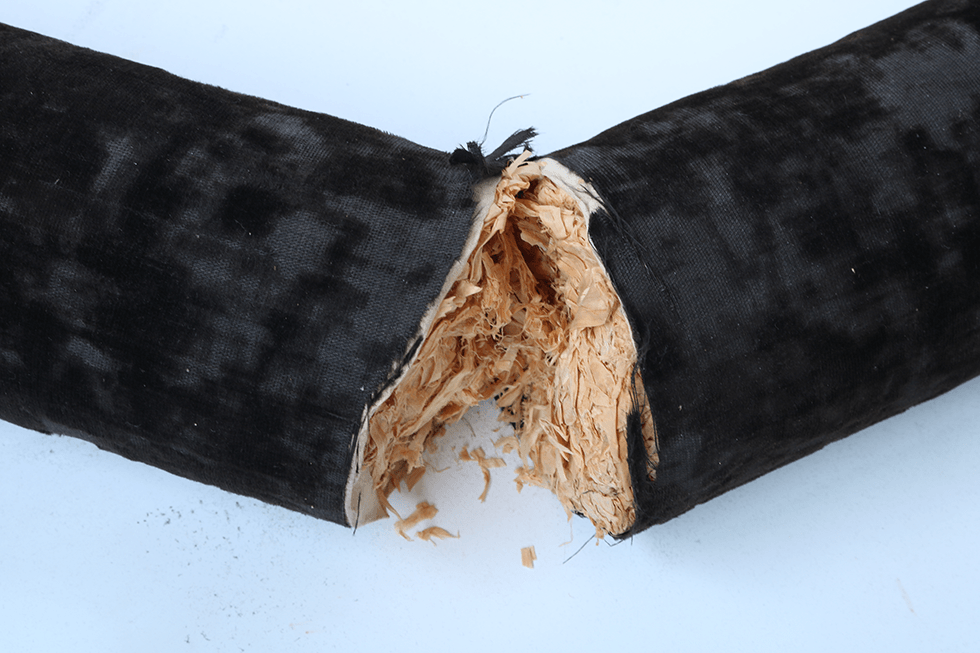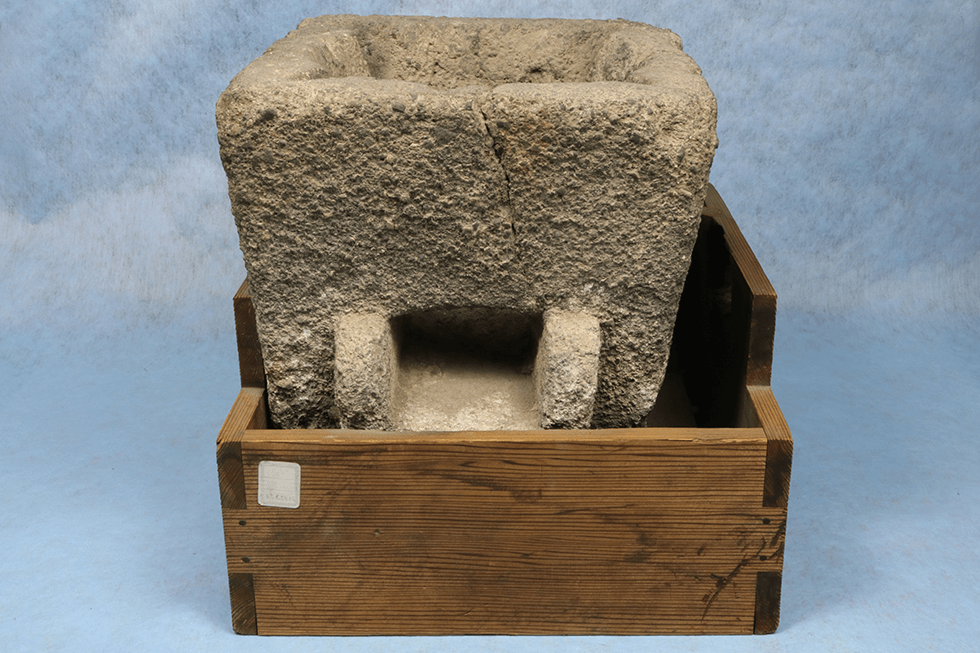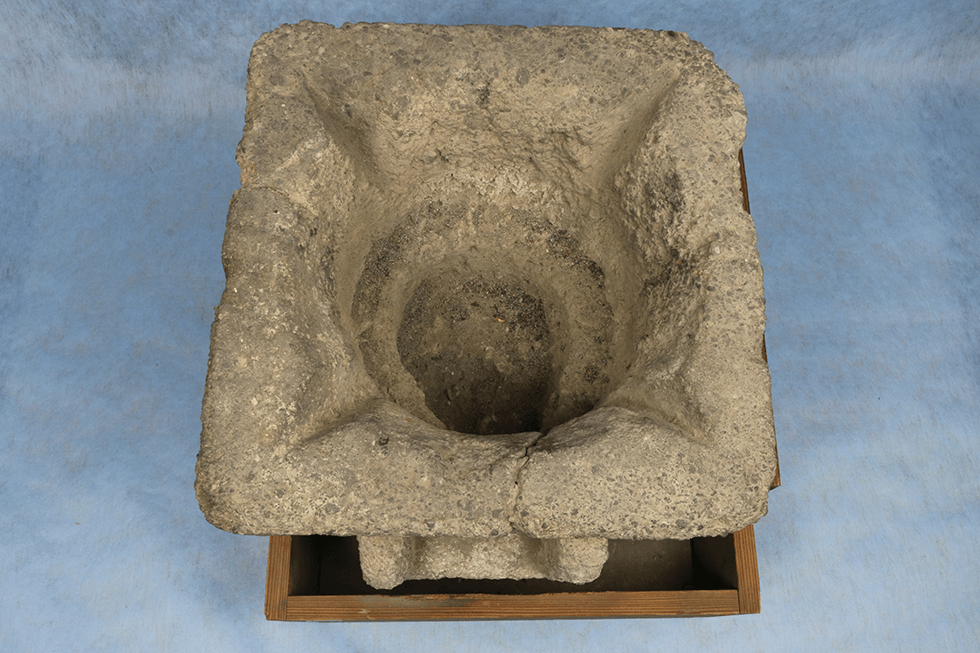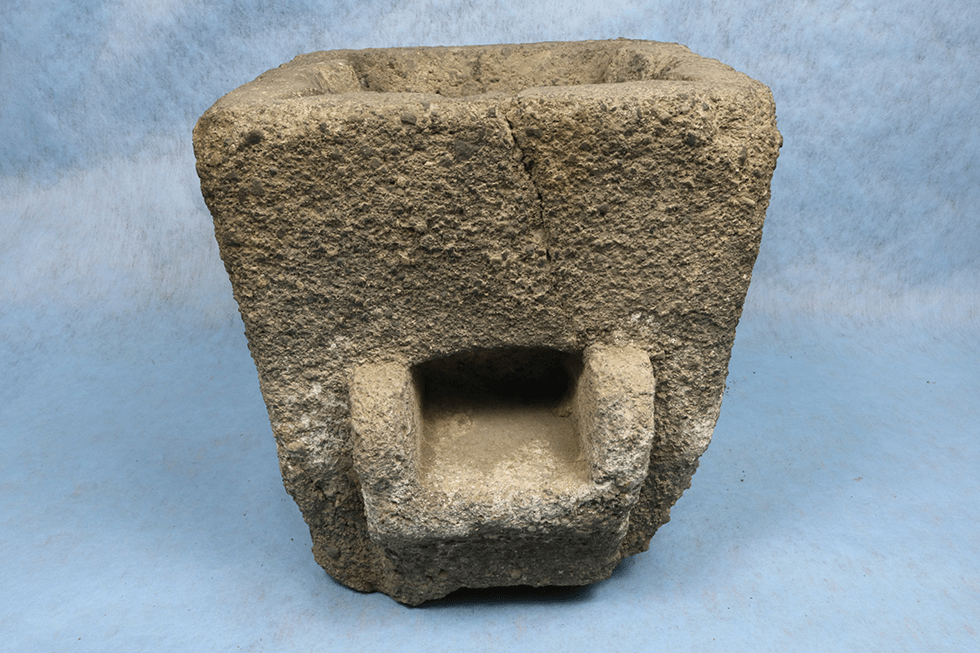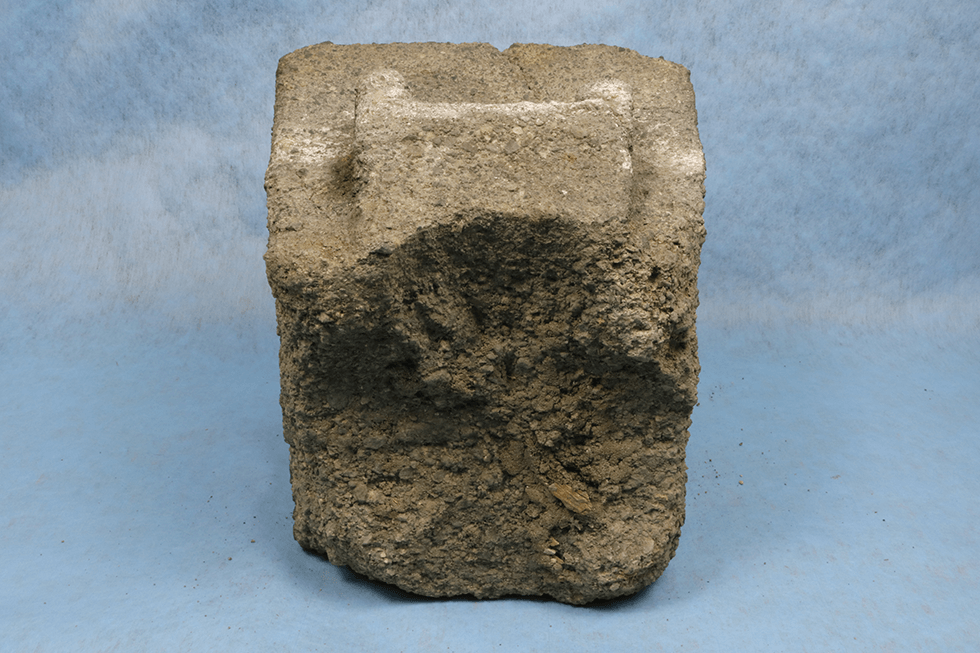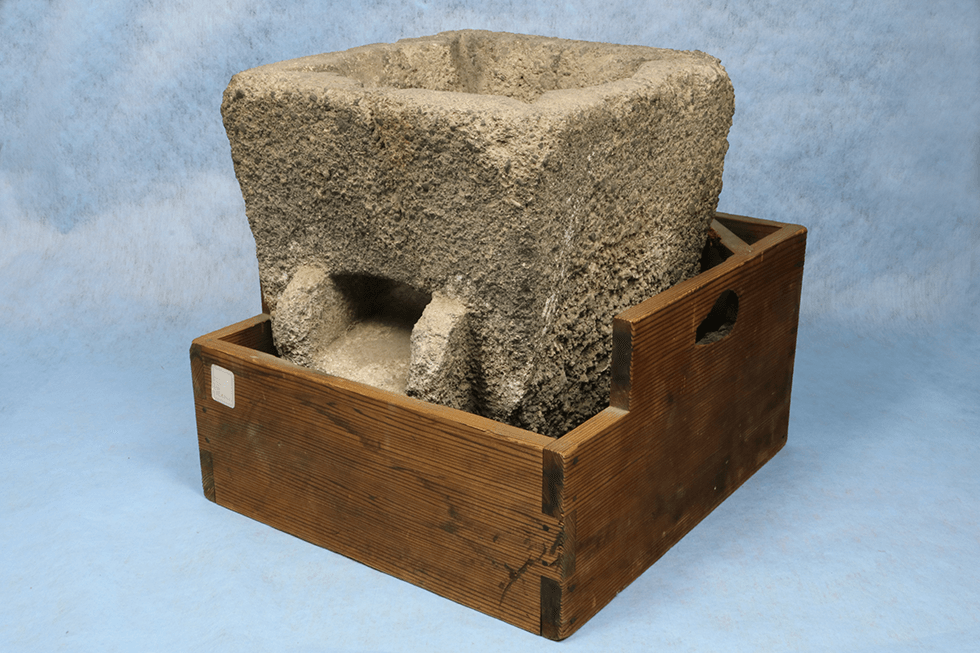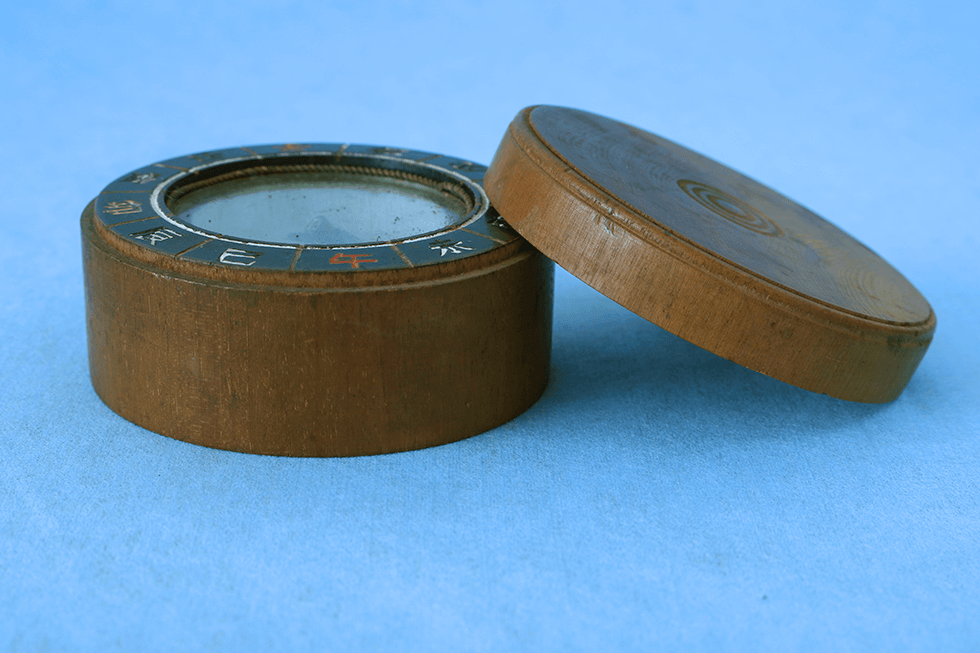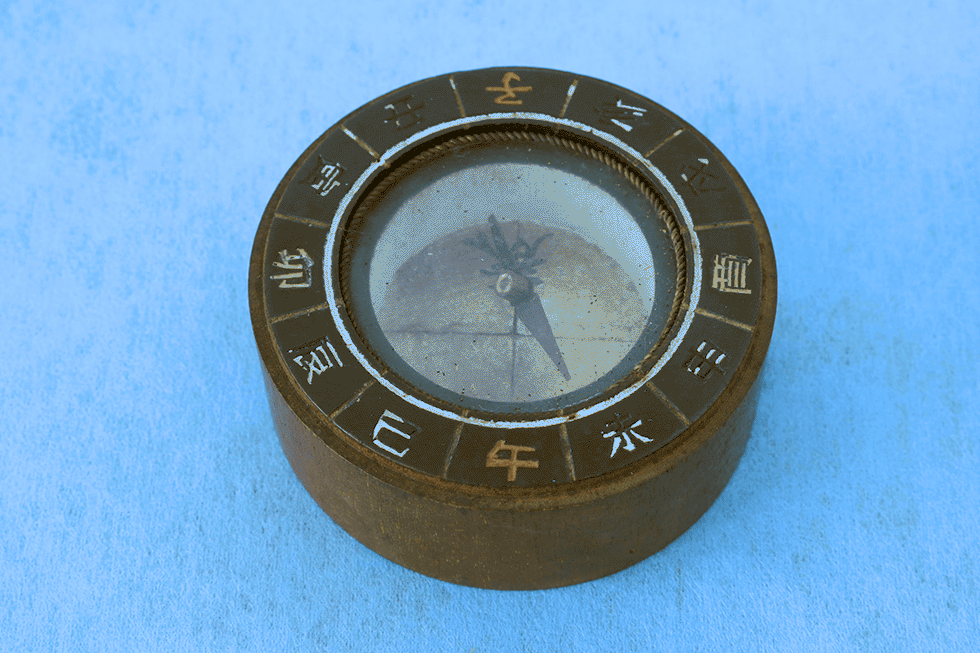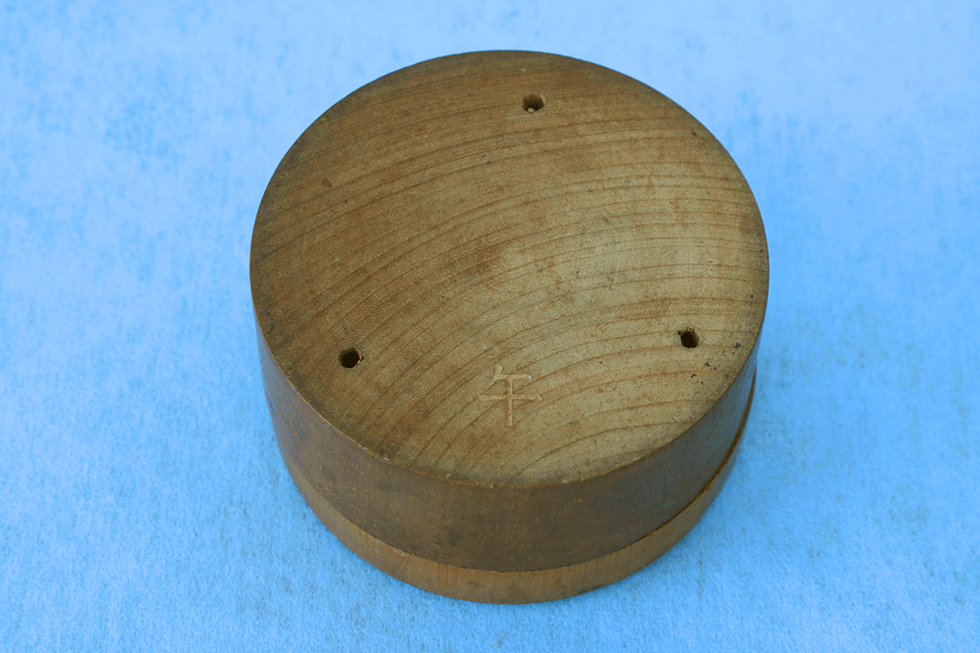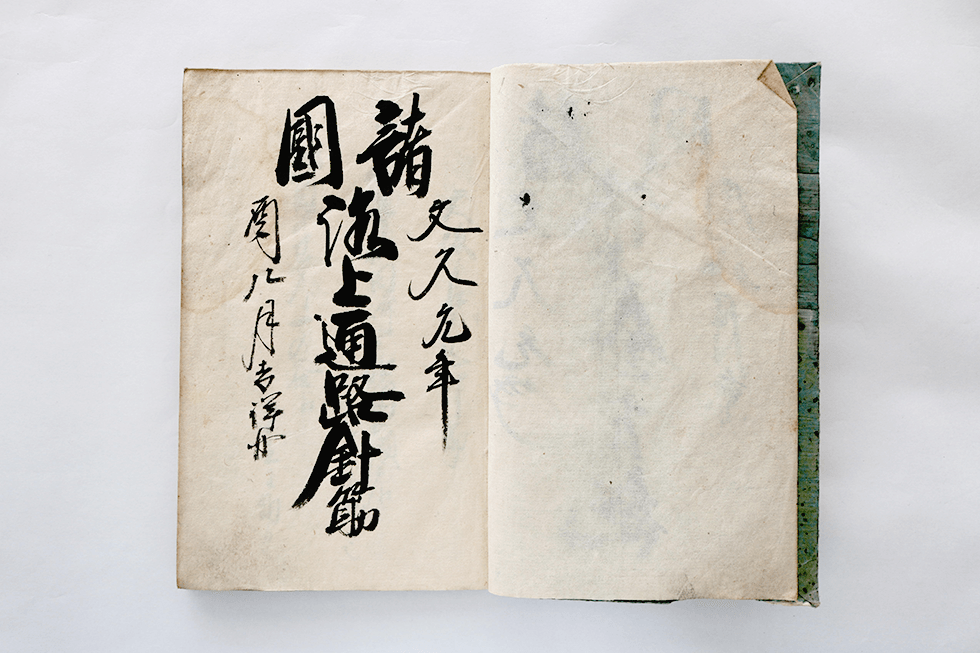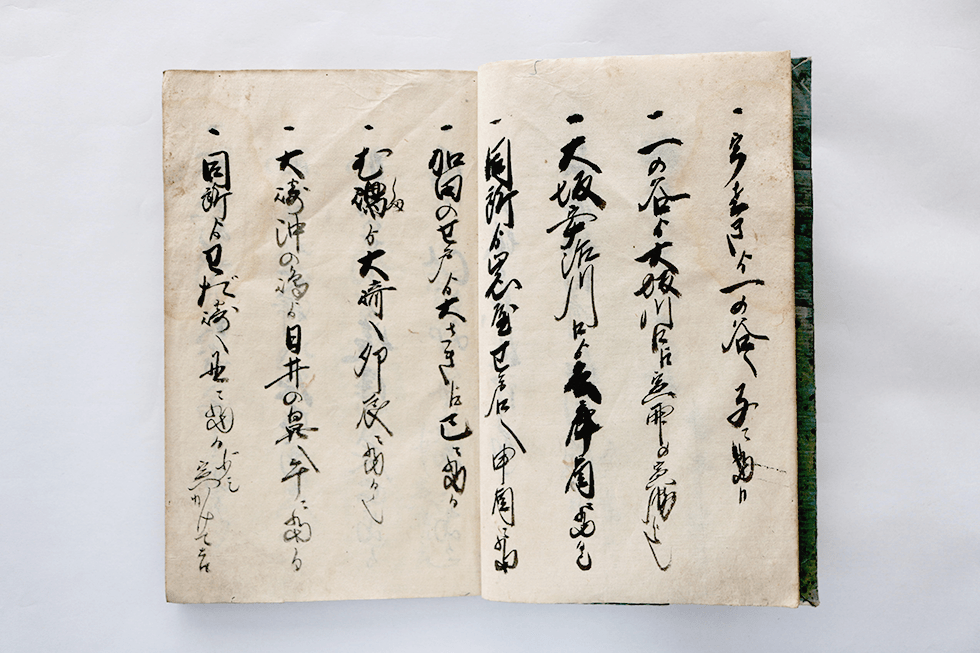Ship Cabins
Watch CG
Click to display 3DCG
Adjust the zoom by operating the mouse wheel
The operation window opens also from the arrow icon displayed on the right, and the view can be switched
Ship Equipment
Ship Gear and Tackle
The Japanese-style ship is made of many kinds of woods such as pine, cedar, Japanese cypress, zelkova, oak and so on.
A variety of gear and tackle used during the late Edo period and the Meiji period remain in Minamichita.
They are regarded as extremely valuable artifacts for understanding the history of Japanese trading ships.
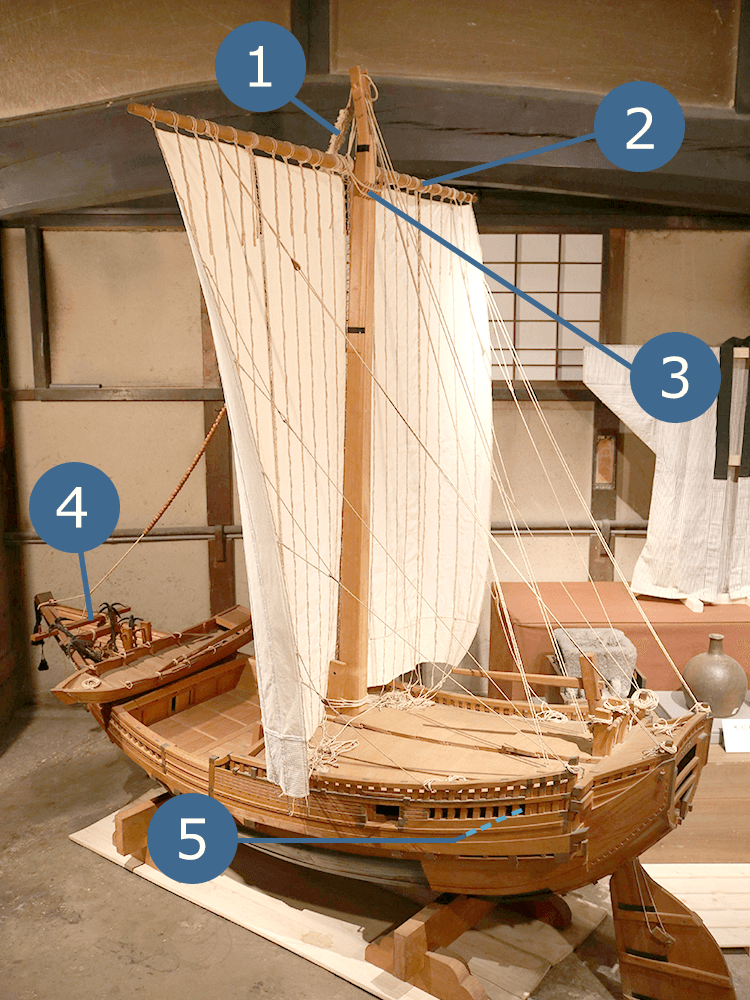
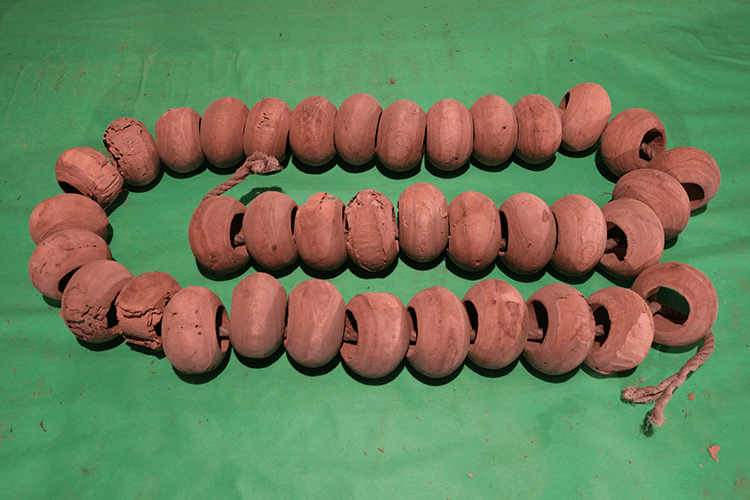
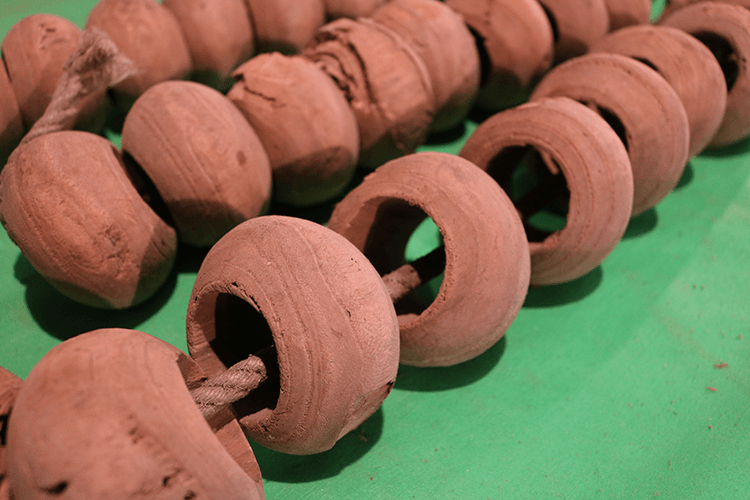
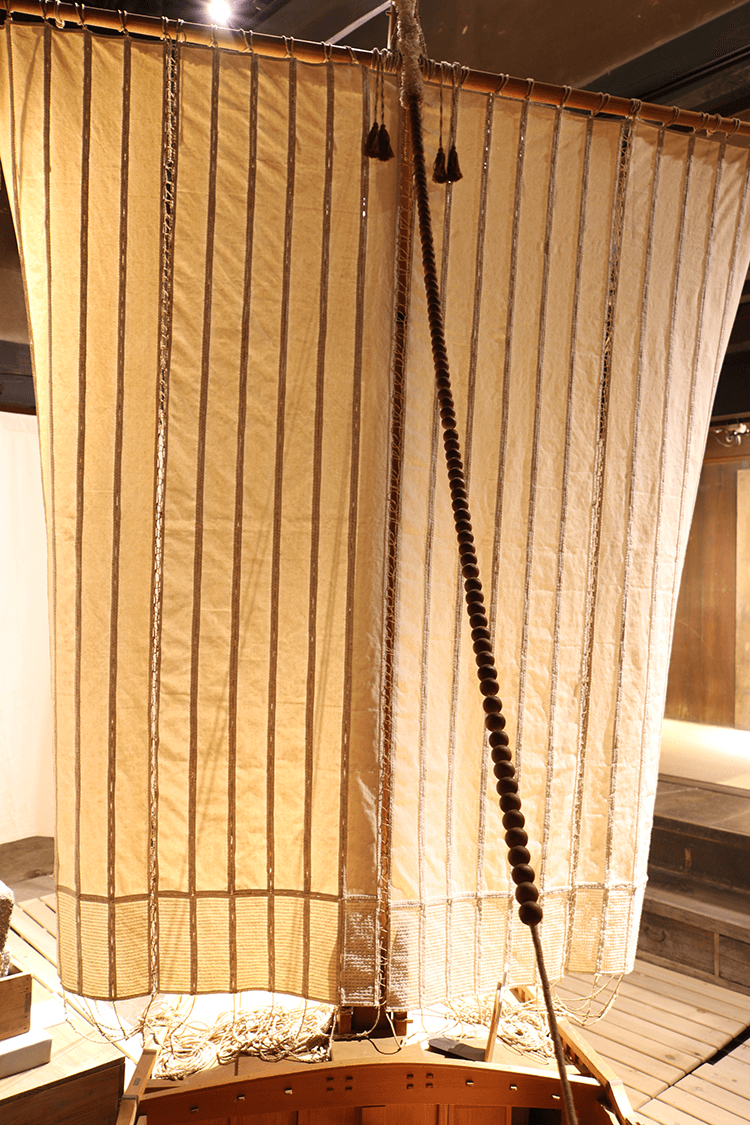
1 Hozurikuda
The cable that runs from the top of the mast to the bow touches the sail when it is unfurled, so it is wrapped in a wooden sheath to avoid damaging the sail.
The wood used is paulownia.
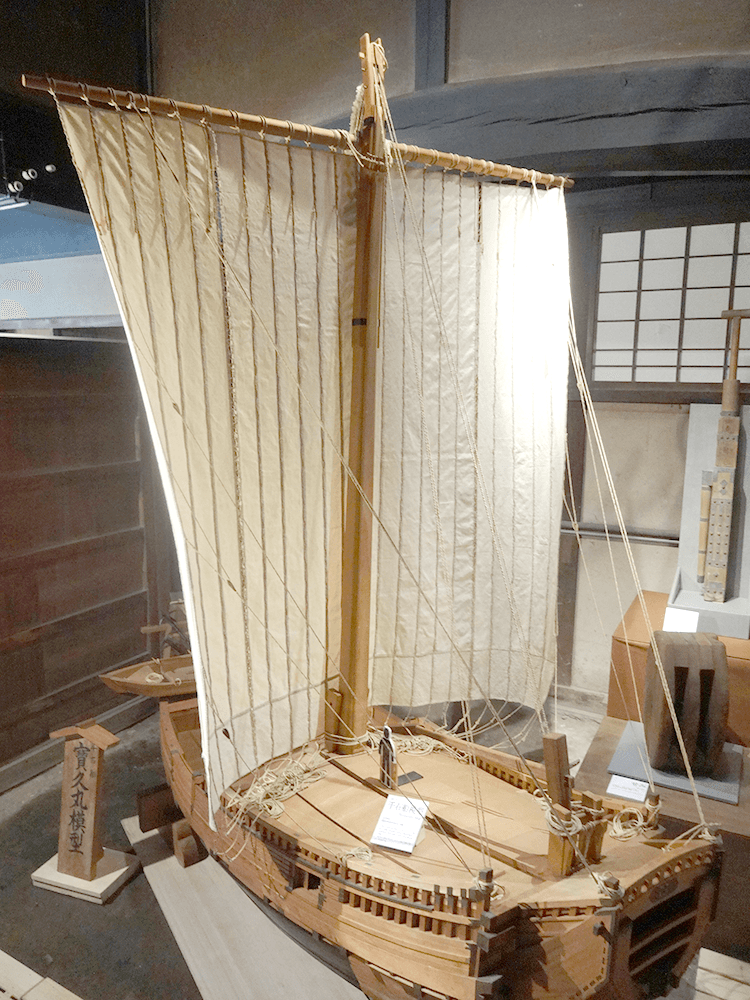
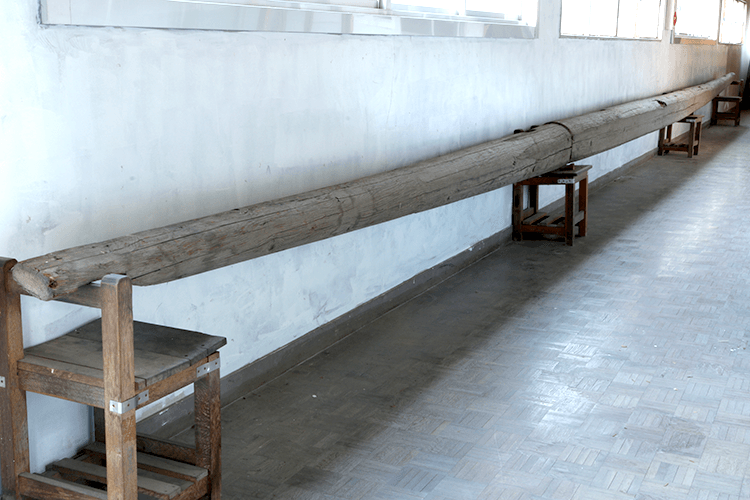
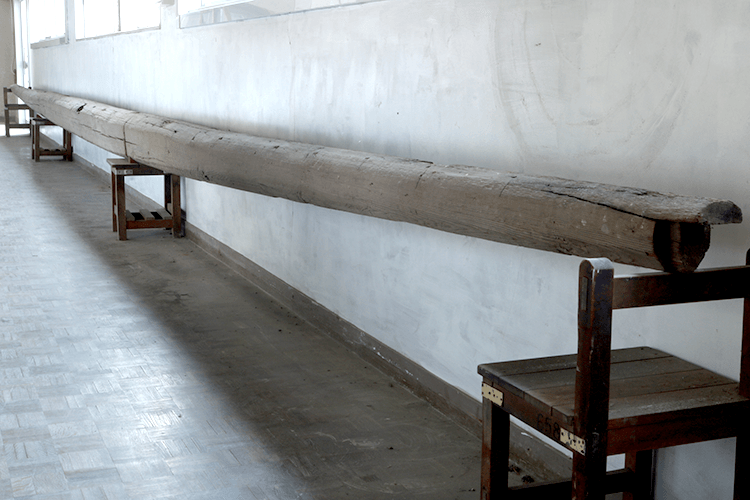
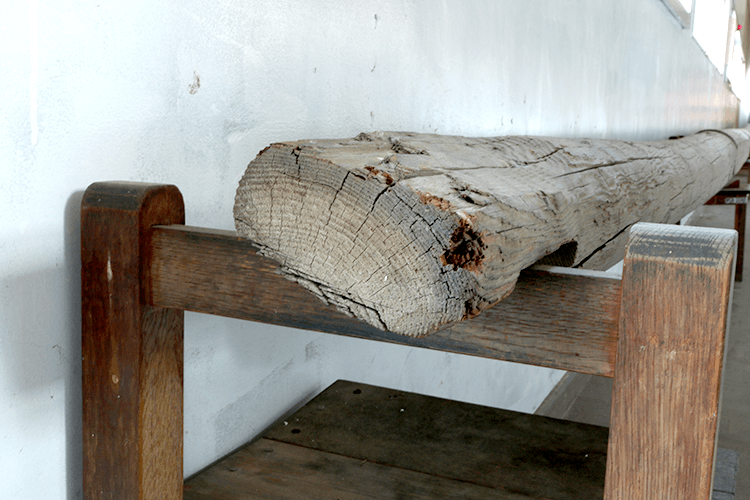
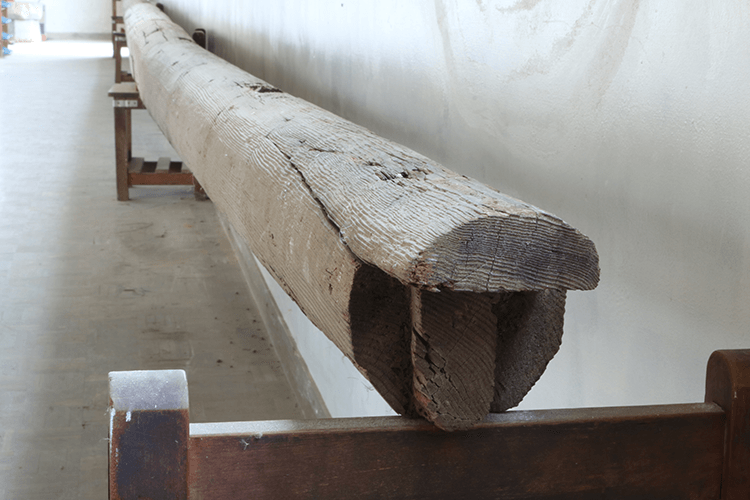
2 Yard
The yard at the top of the sail hangs from the mast and stretches out the sail.
An actual sail boom thought to have been used on an approximately 75-ton cargo ship owned by Uchida Sashichi's family still remains in Minamichita, and it is said to be the only one in Japan like it.
This artifact is made from Japanese cedar and is about 14 m in length.
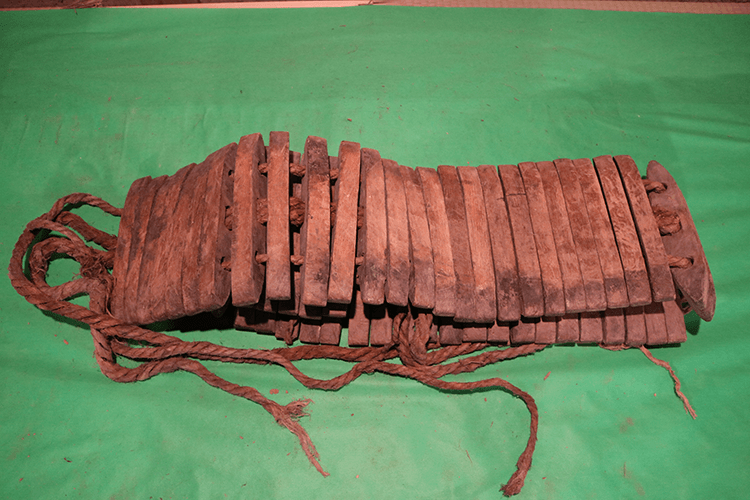
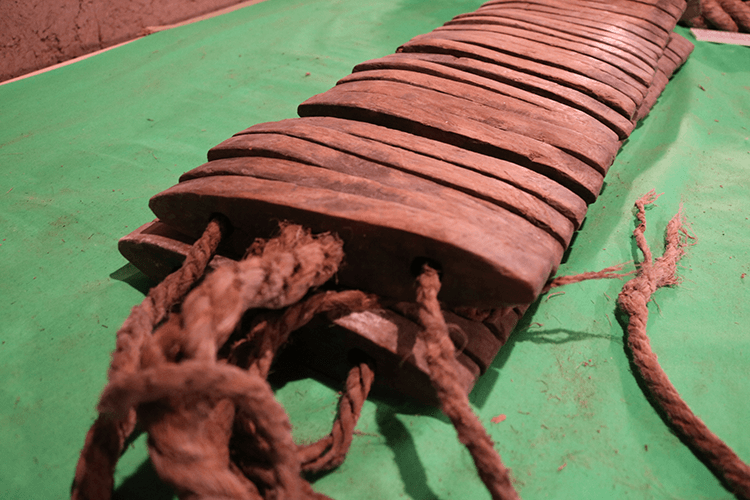
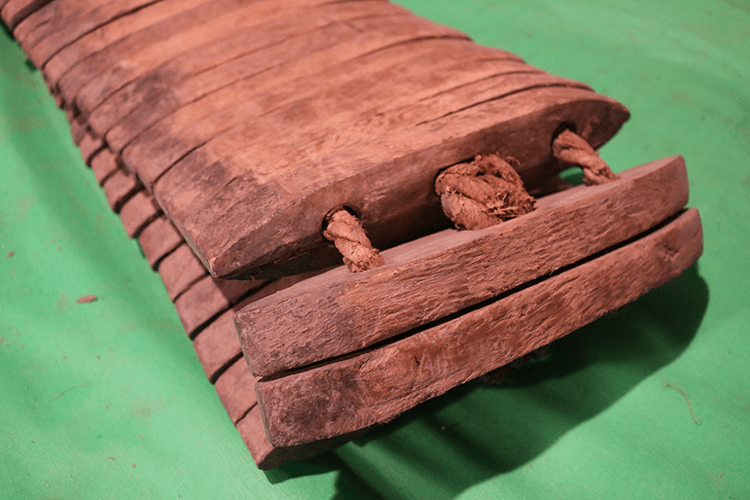
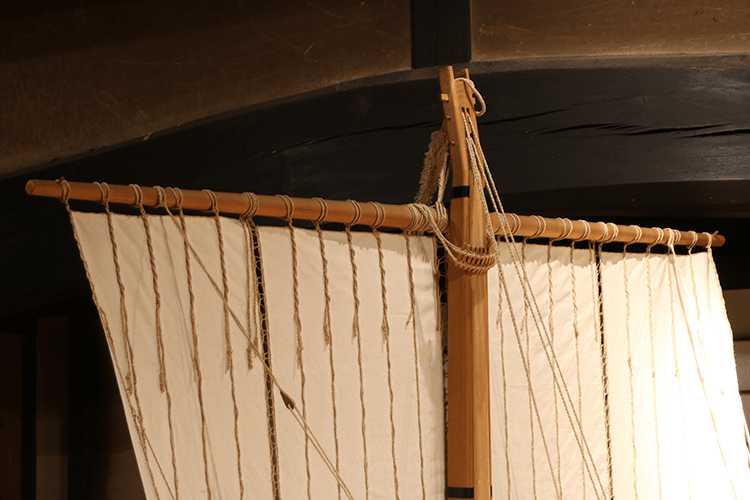
3 Uchimawashi
Whenever the boom is raised and lowered, this component fulfills the role of connecting the boom and the mast so that the boom can slide smoothly up and down the mast.
It is made from sturdy oak.
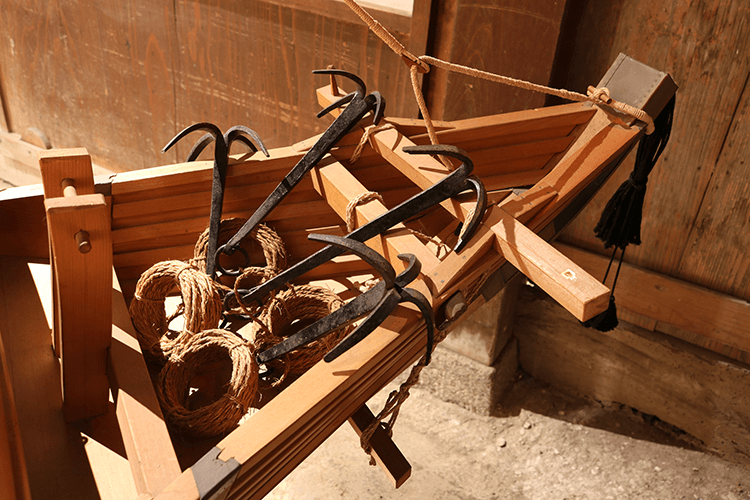
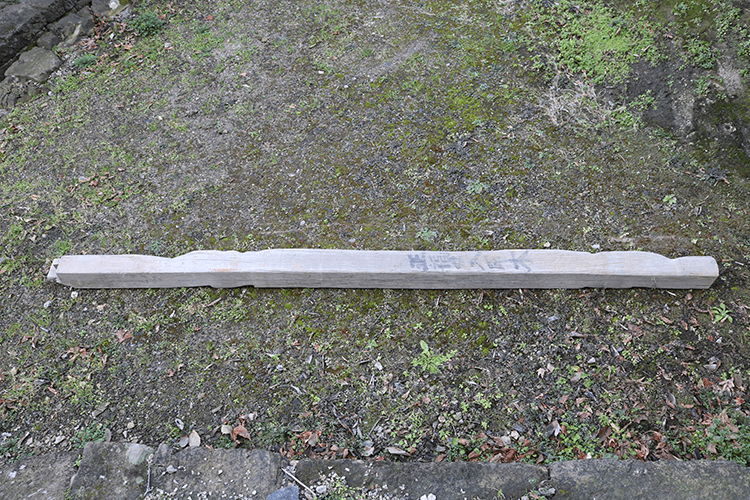
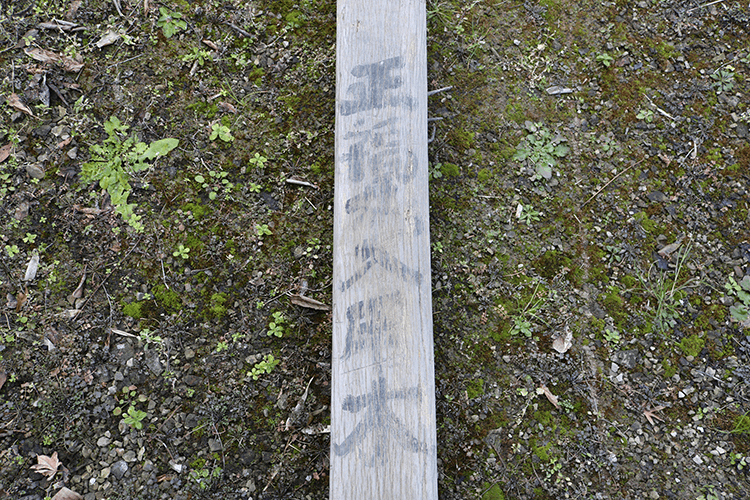
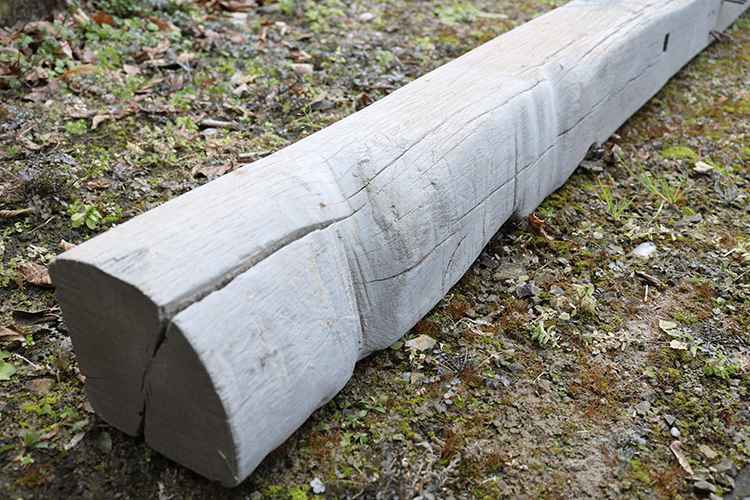
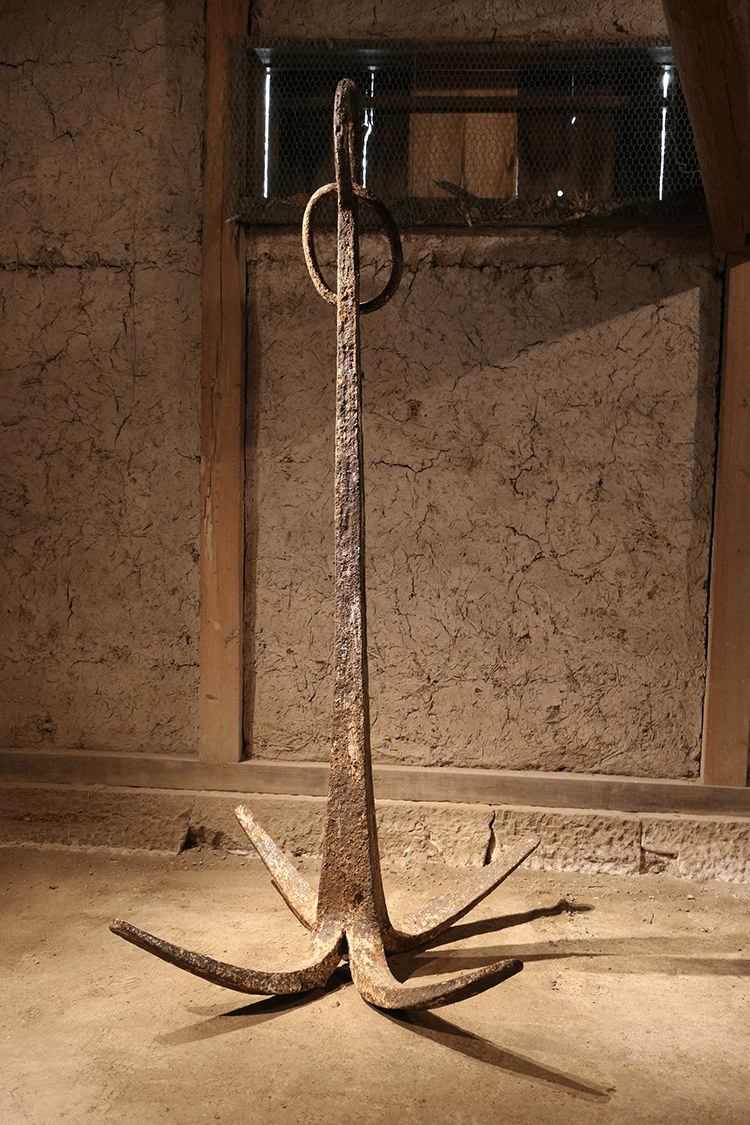
4 Uwakannuki
This component, which is built into the prow of a Japanese cargo ship, holds the anchor and is used for securing the anchor cable. Usually, this piece is made using sturdy oak.
The Uwakannuki from the cargo ship "Shofuku Maru" remains at the Uchida Sashichi Residence.
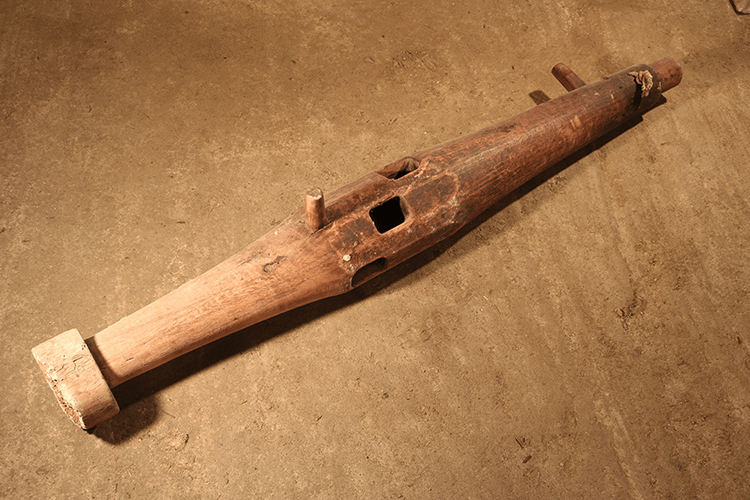
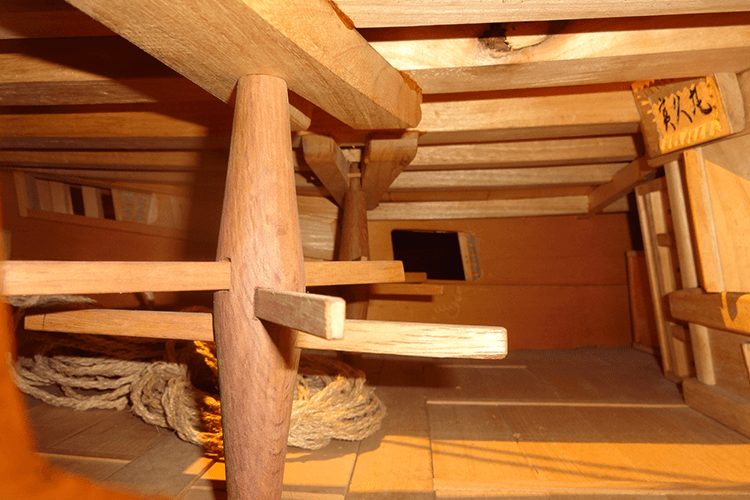
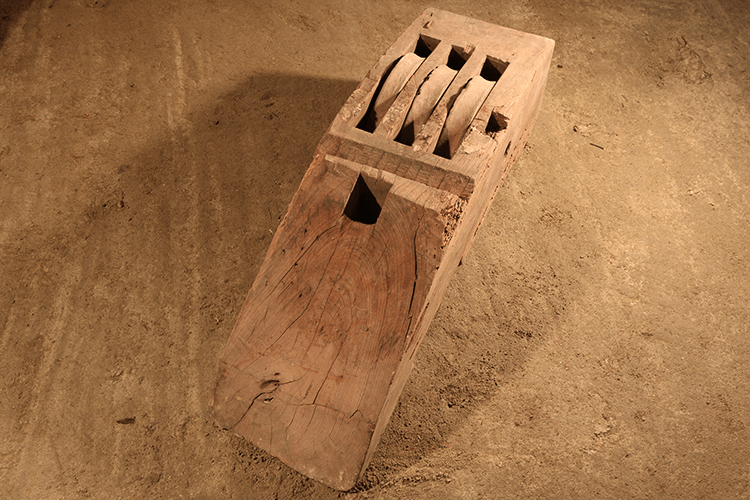
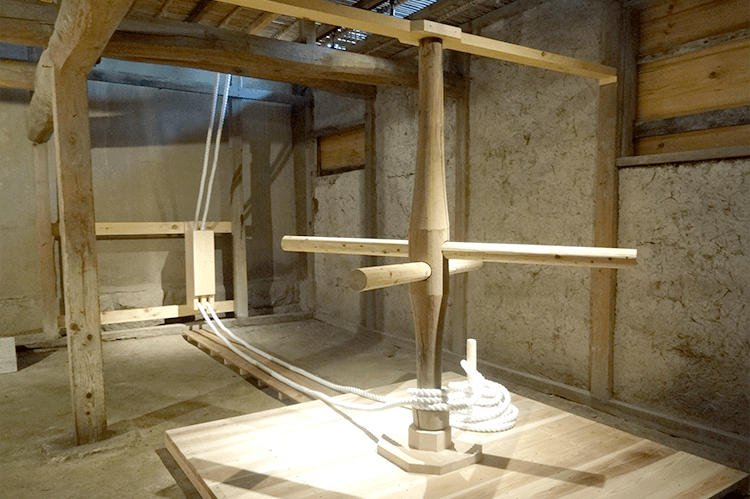
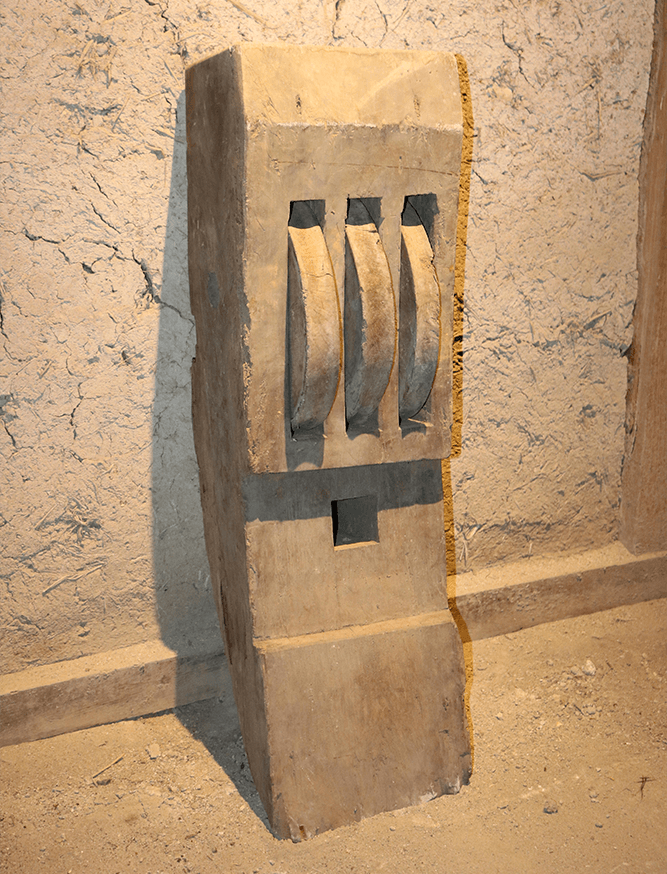
5 Rokuro
This is a shipboard device used for raising and lowering heavy loads, such as sails and anchors.
Two rokuro would be installed inside the cabin to the aft of the ship, and when turned, they would pull on ropes attached to loads by way of pulleys positioned on top of the mast and at the stern.

